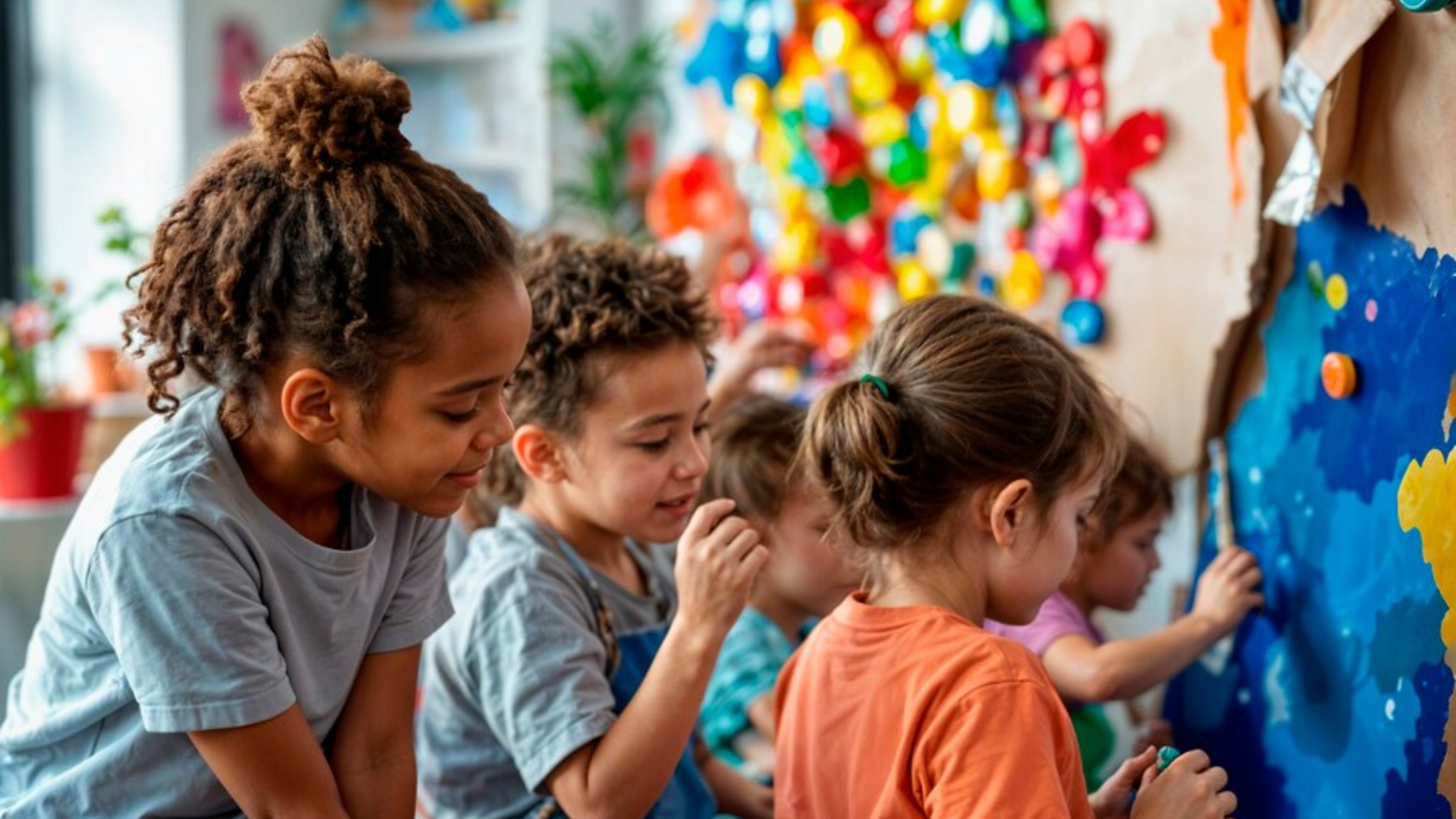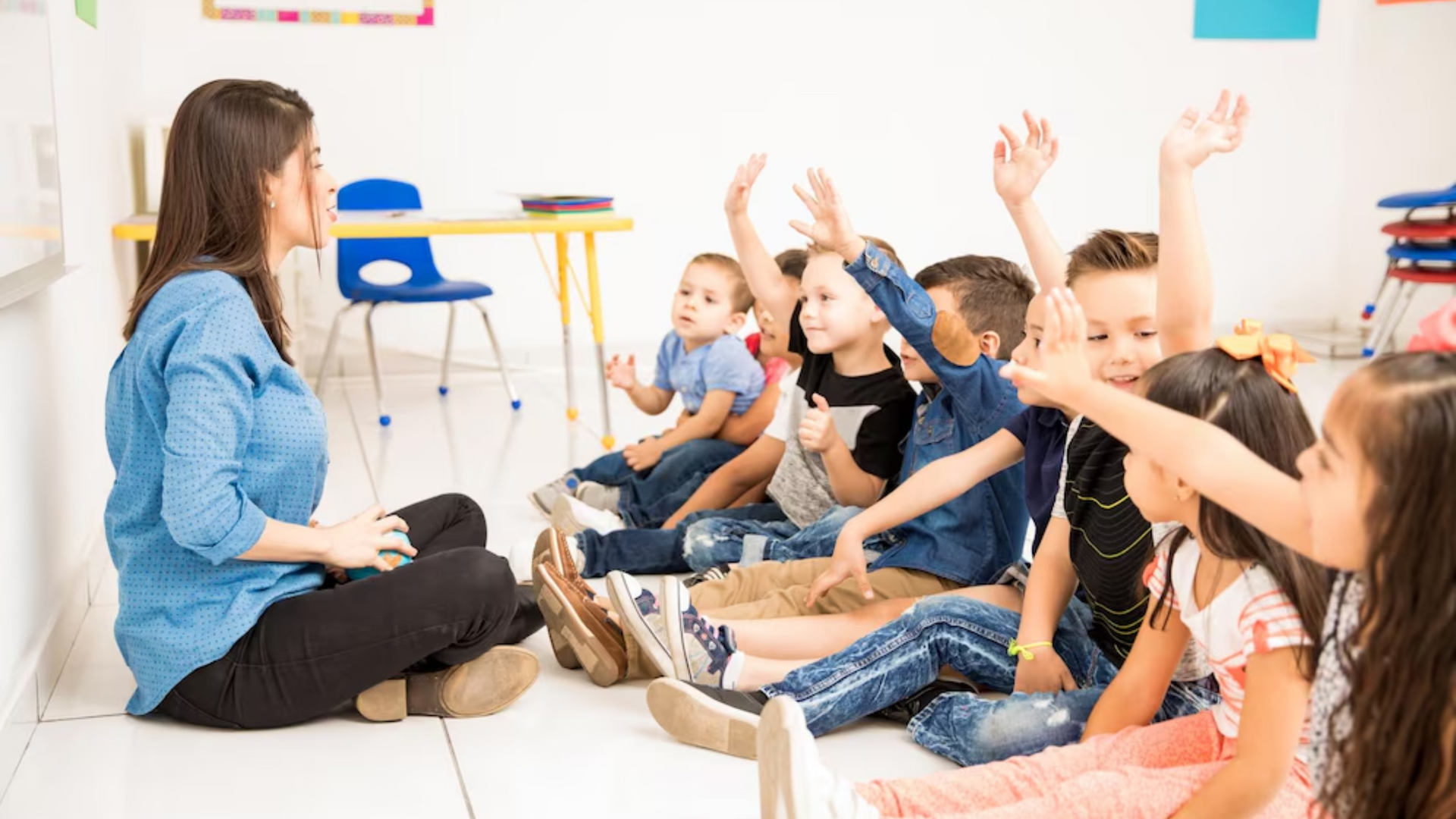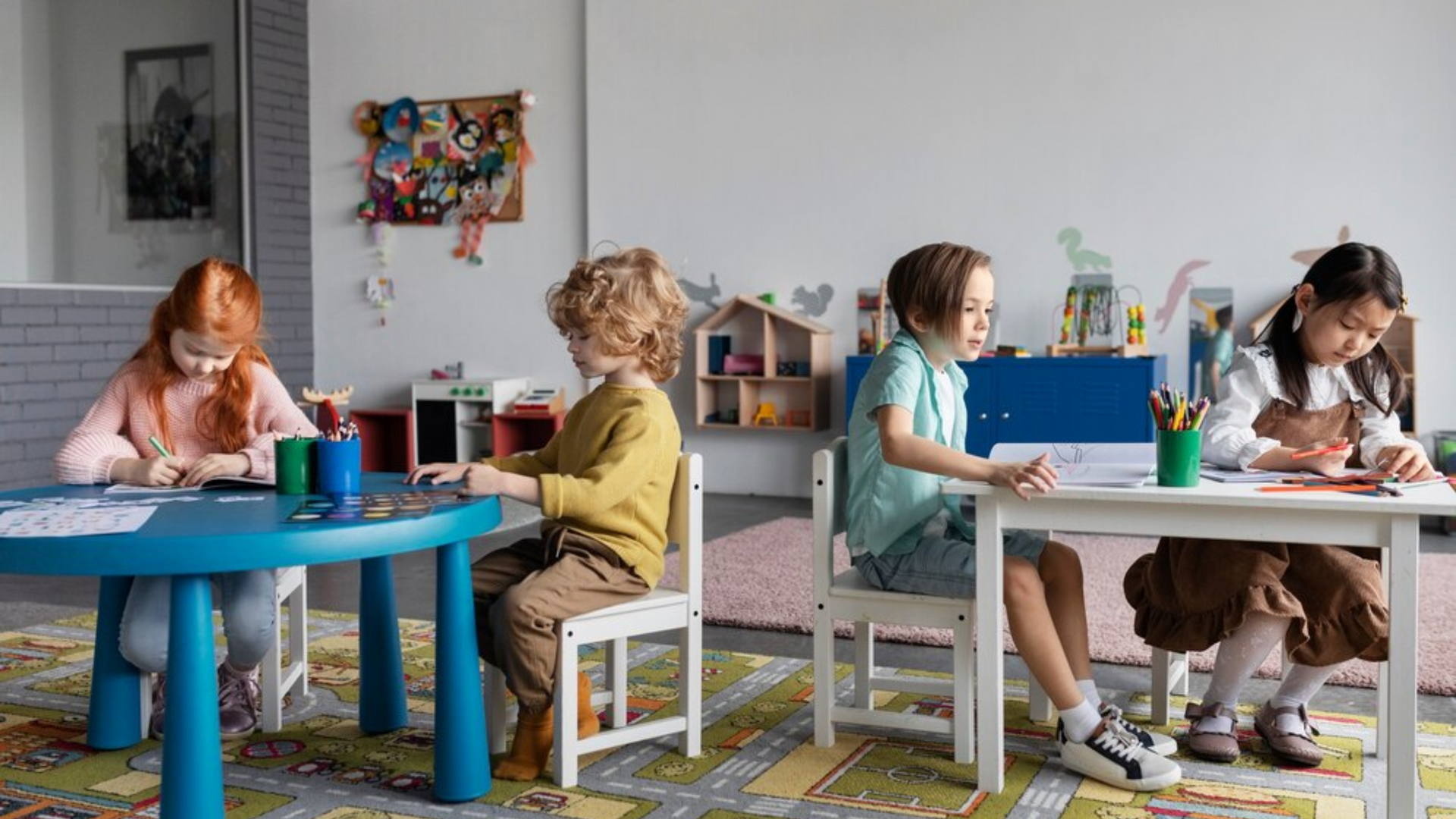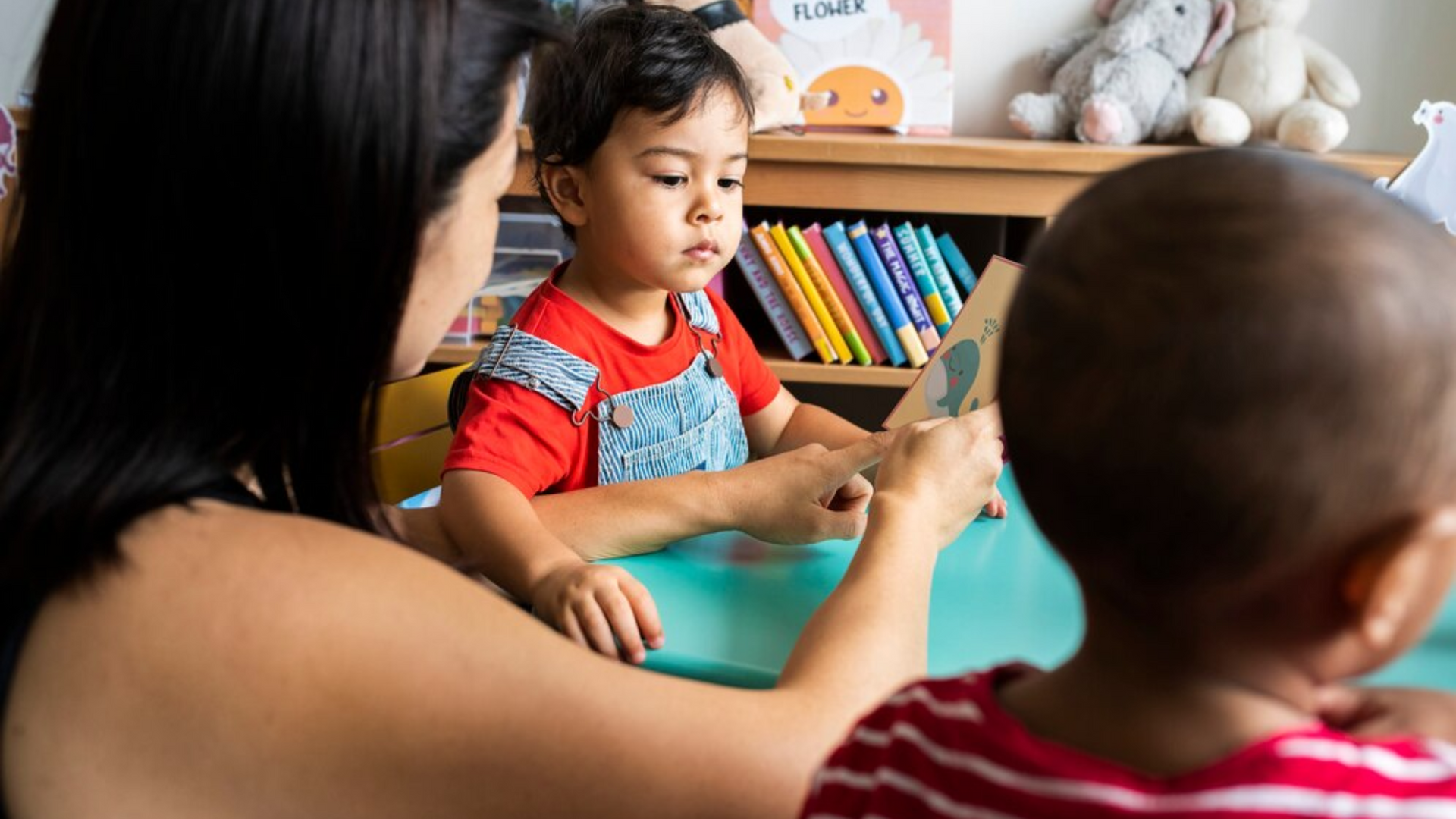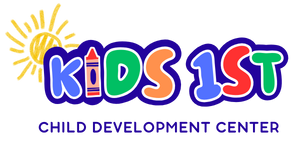How to Support Your Child’s Learning at Home (Even on Busy Days!)

In today’s fast-paced world, many parents want to support their child’s learning outside the classroom but struggle to find the time. Between work commitments, errands, chores, and extracurriculars, the idea of structured home learning can feel overwhelming. The good news is that you don’t need to carve out hours each day or recreate a classroom at your kitchen table to make a meaningful impact.
At Kids 1st Child Development Center, we believe that learning happens everywhere—and the home is one of the richest learning environments a child can experience. Whether you have five minutes or fifty, there are simple, effective ways to nurture your child's development and curiosity.
Here are practical, parent-friendly strategies to support your child’s learning at home, even on the busiest days.
1. Make Everyday Moments Learning Moments
You don’t need special materials or elaborate activities to foster learning. Turn everyday routines into opportunities for growth:
- During breakfast, talk about the colors of the food or count how many bites they take.
- While driving, play games like "I Spy" or ask your child to find letters on signs.
- At the grocery store, let your child help with the shopping list by identifying items or counting how many bananas you need.
These simple interactions build vocabulary, reinforce counting and recognition skills, and help children connect what they learn in school to the real world.
2. Read Together Every Day
Even just 10-15 minutes of shared reading each day significantly boosts language development, literacy skills, and emotional connection.
Make reading part of your daily routine:
- Bedtime stories
- Reading during snack time
- Keeping books in the car for errands
Don’t worry if you read the same books over and over—repetition helps children develop memory, prediction skills, and comprehension. Ask questions about the story, point out details in the illustrations, and let your child turn the pages.
Not sure what to read? The teachers at Kids 1st are happy to suggest age-appropriate books based on your child’s interests!
3. Encourage Questions and Curiosity
Children are naturally curious. Instead of rushing through questions, take a moment to pause and explore the answer together. If you don’t know the answer, it’s a perfect chance to model curiosity:
- “That’s a great question. Let’s look it up together.”
- “Why do you think the sky changes color at night?”
These mini-investigations teach children how to think critically, search for information, and feel confident asking questions.
4. Create a Mini Learning Station at Home
A designated spot for creativity and discovery encourages independent exploration. This doesn’t need to be an entire room—just a small shelf, box, or corner with a few engaging items:
- Crayons, paper, scissors, glue
- Counting bears or blocks
- Puzzles and books
- A small dry-erase board
Rotate the materials every couple of weeks to keep it fresh and aligned with your child’s interests. When kids know they have a "special spot" to play and learn, they’re more likely to engage on their own.
5. Use Screen Time Wisely
Not all screen time is created equal. When used intentionally, apps and videos can be powerful learning tools. Choose high-quality, age-appropriate content that encourages interaction and creativity.
Some educational favorites include:
- PBS Kids
- Khan Academy Kids
- ABCmouse
- Starfall
Watch together when possible so you can extend the learning with conversation. After an episode or app session, ask:
- “What did you learn?”
- “Can you tell me the story again?”
- “Can we try something like that?”
6. Integrate Learning into Play
Play is how young children learn best. Let your child lead with their interests and incorporate learning naturally into their favorite activities:
- Building with blocks teaches spatial awareness and problem-solving.
- Pretend play builds vocabulary and storytelling skills.
- Playing restaurant? Practice writing menus and taking orders.
- Playing store? Count items and make change with pretend money.
At Kids 1st, our play-based approach to learning continues at home when you value their imaginative world.
7. Talk, Sing, and Laugh Together
Children learn through relationships. The more you talk with your child, the more they absorb language, grammar, and social cues. Singing songs teaches rhythm, patterns, and vocabulary.
Try:
- Singing while cleaning up
- Making up silly rhymes together
- Telling stories from your childhood
Even a five-minute chat during bath time or while brushing teeth can create meaningful learning moments.
8. Celebrate Effort Over Perfection
Focusing on effort helps children develop a growth mindset, which is key to lifelong learning. Praise your child for trying, thinking, and exploring:
- “You worked so hard on that drawing!”
- “I love how you kept trying, even when it was tricky.”
- “That was a creative way to solve the puzzle!”
When learning feels safe and positive, children are more motivated to explore and take healthy risks.
9. Partner with Your Child’s Teachers
At Kids 1st, we believe parents are a child’s first and most important teacher. We encourage open communication between families and educators. If you want to support a specific skill at home—like early literacy, number recognition, or social-emotional learning—ask your child’s teacher for ideas.
We’re here to provide resources, tips, and updates so you can reinforce classroom learning at home without adding stress.
10. Give Yourself Grace
Life is busy, and you don’t need to do everything perfectly. Supporting your child’s learning at home is about creating connection, curiosity, and confidence—not about following a rigid curriculum.
Some days you’ll have time for crafts and science experiments. Other days, it might just be a quick hug, a smile, and a song in the car. It all counts.
What matters most is showing up with love and interest. Your child will feel that, and it makes a lasting difference.
Learning Starts at Home and Continues with Us
At Kids 1st Child Development Center, we are proud to partner with families to build a strong foundation for learning—both in and out of the classroom. We recognize that parenting is a full-time job, and we aim to support your efforts by creating consistency between school and home.
If you're interested in how our year-round programming can support your child’s learning every season, be sure to read
Is Daycare All Year Round? Here’s the Truth. And if you're thinking about enrolling your child in one of the top-rated early learning programs in Orlando, check out How to Secure Your Child's Spot in a Top Orlando Childcare Program
for practical guidance.
